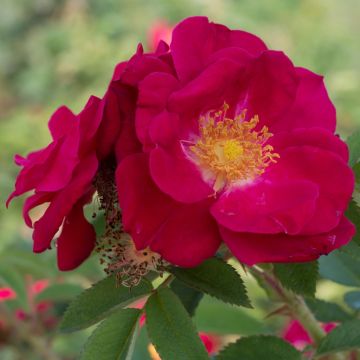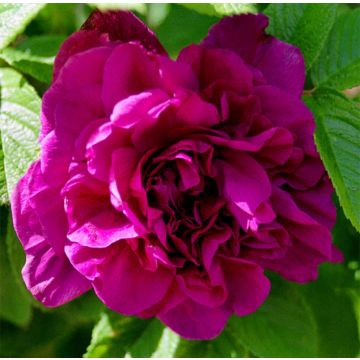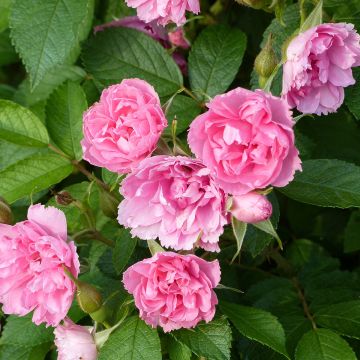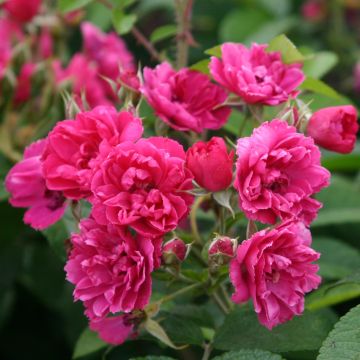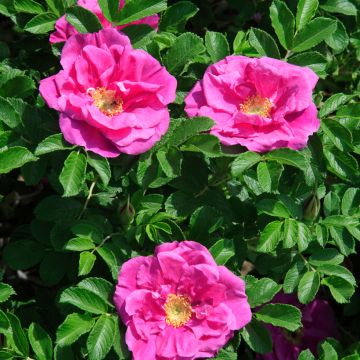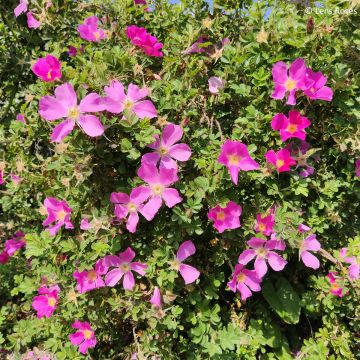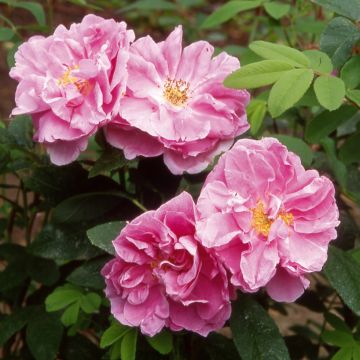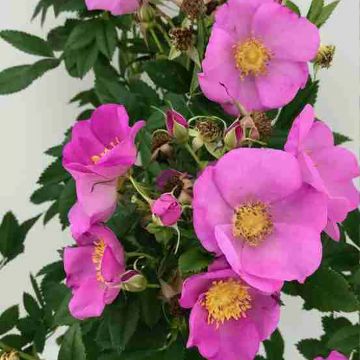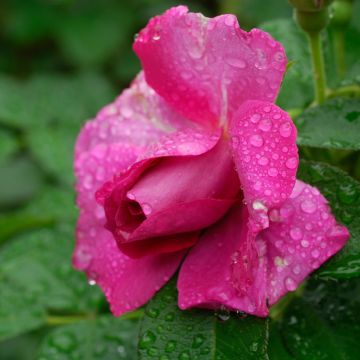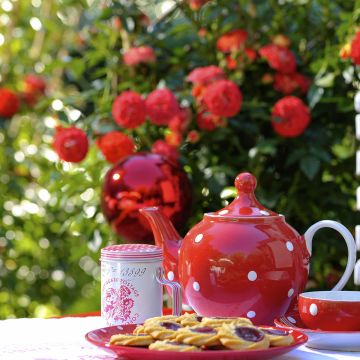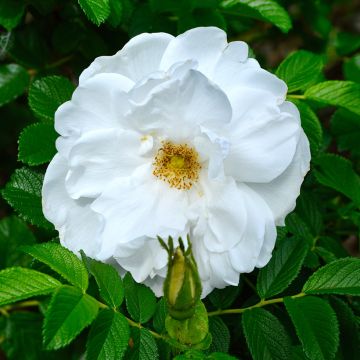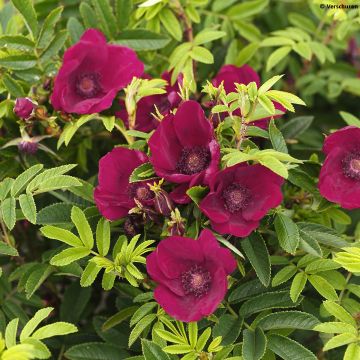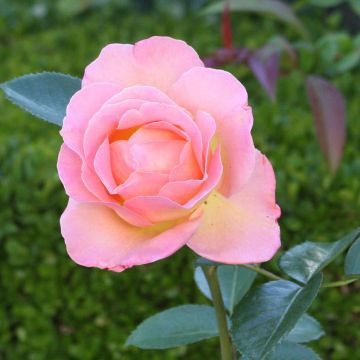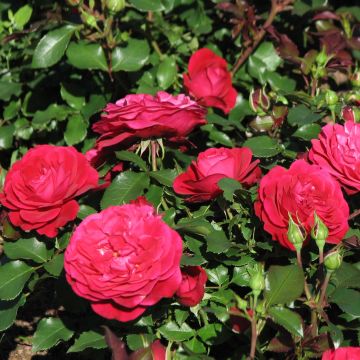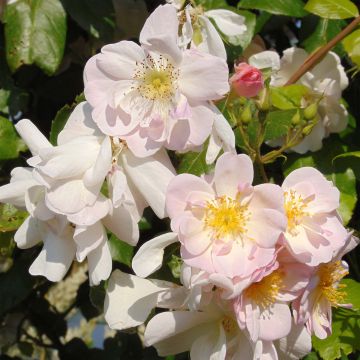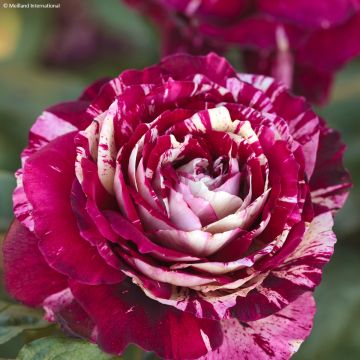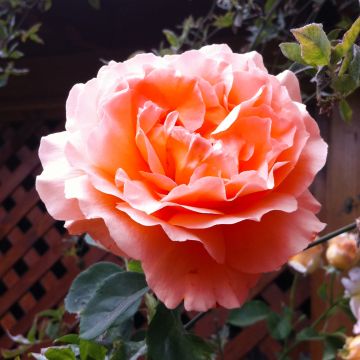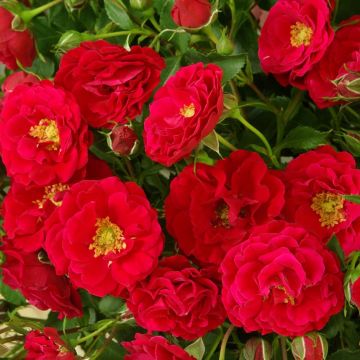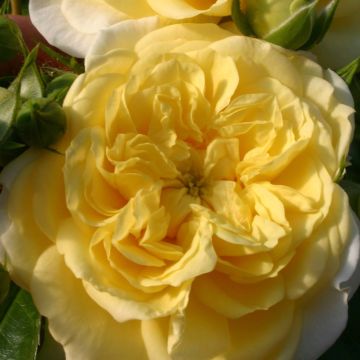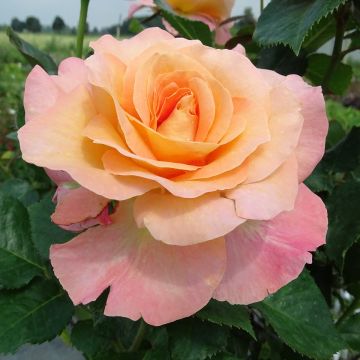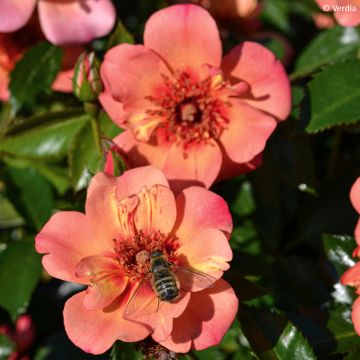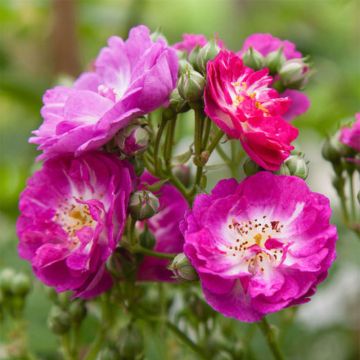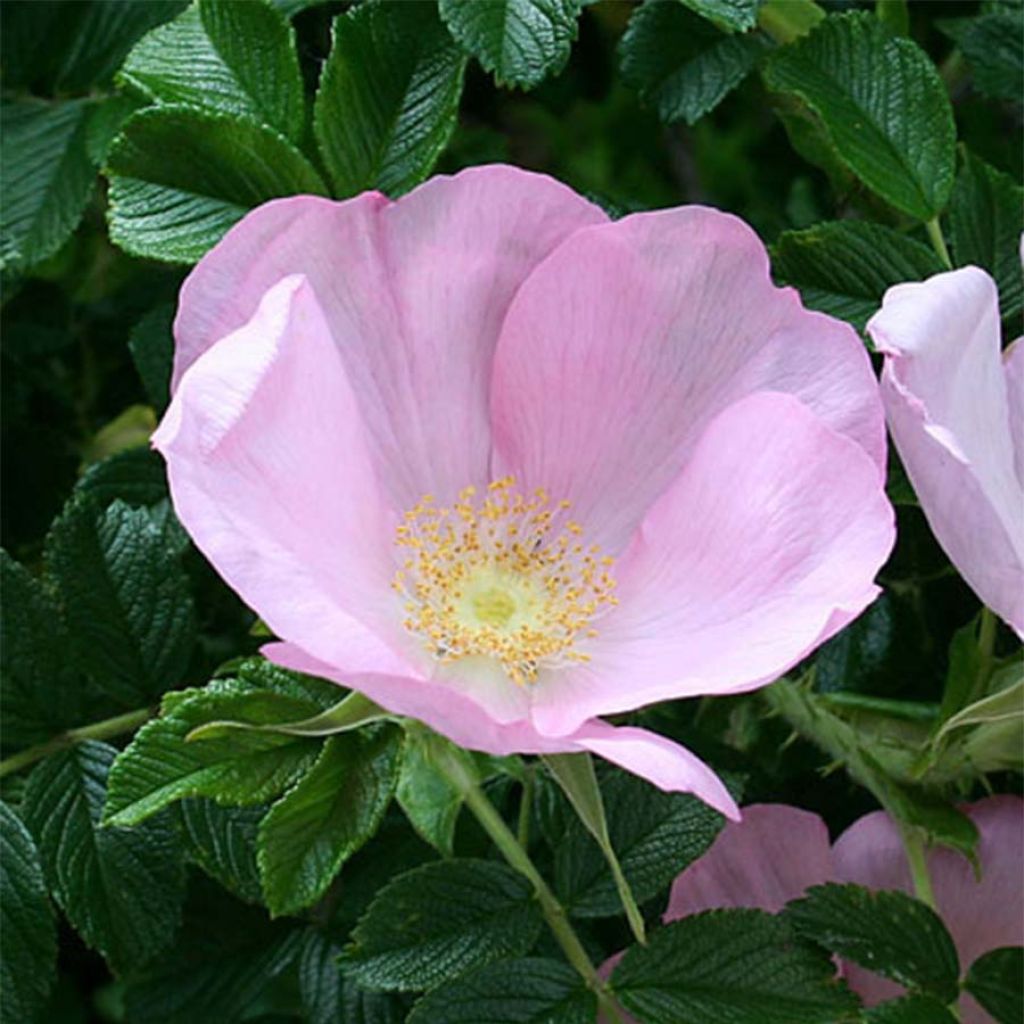

Rosa x rugosa 'Fru Dagmar Hastrup' - Rugosa Rose
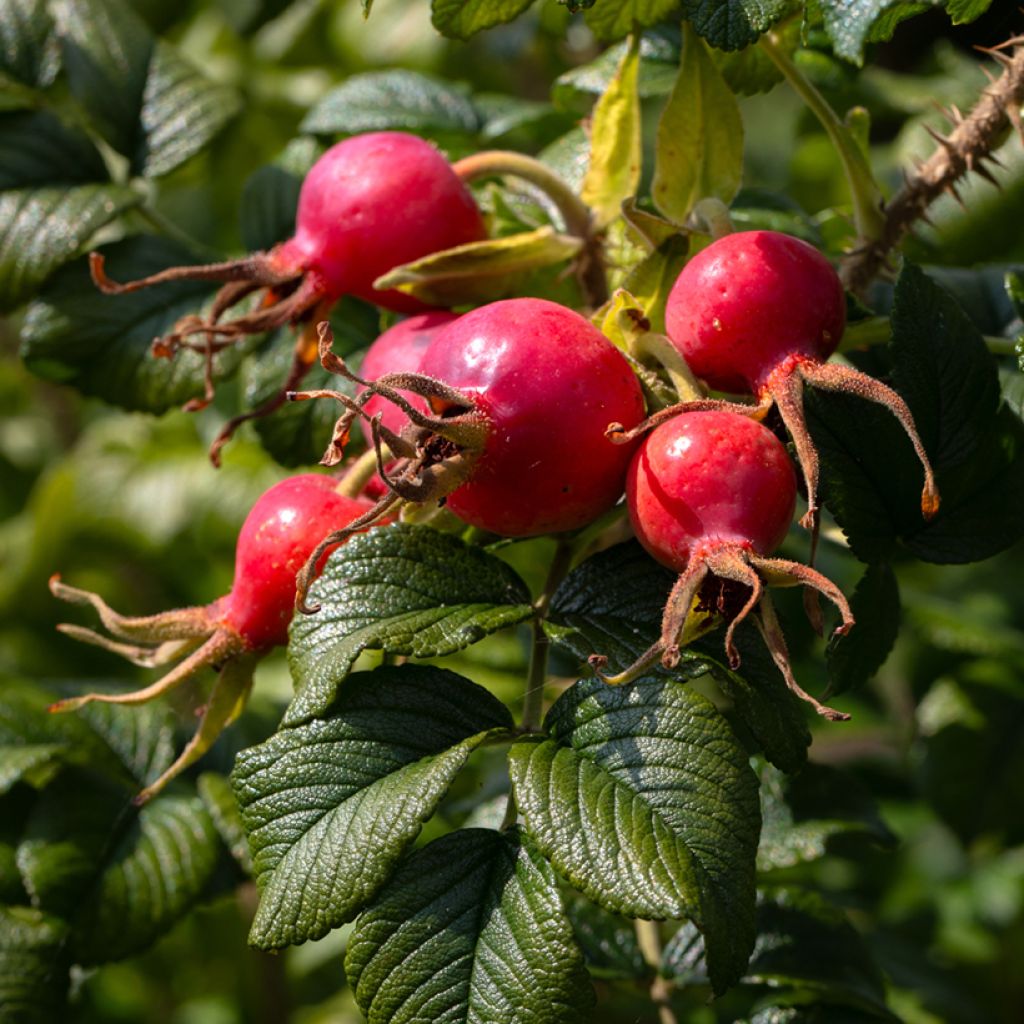

Rosa x rugosa 'Fru Dagmar Hastrup' - Rugosa Rose
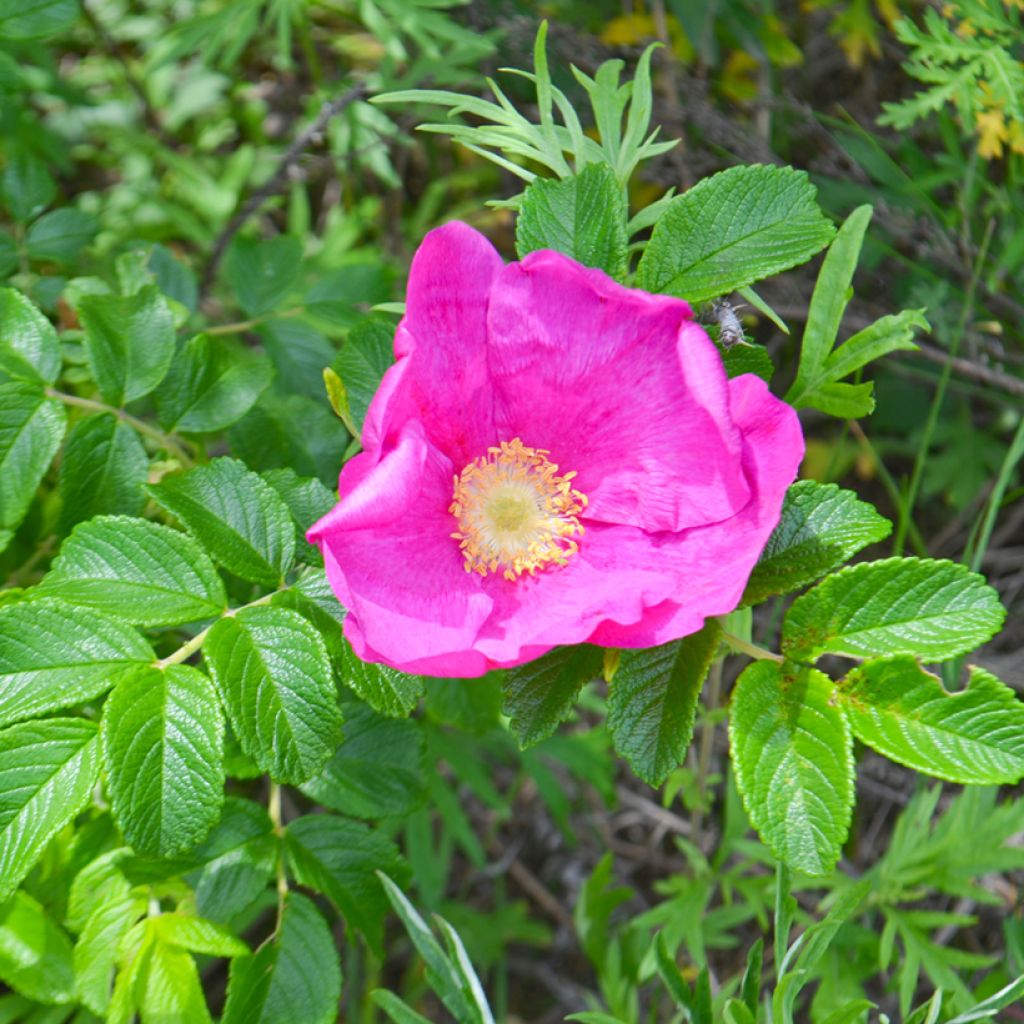

Rosa x rugosa 'Fru Dagmar Hastrup' - Rugosa Rose
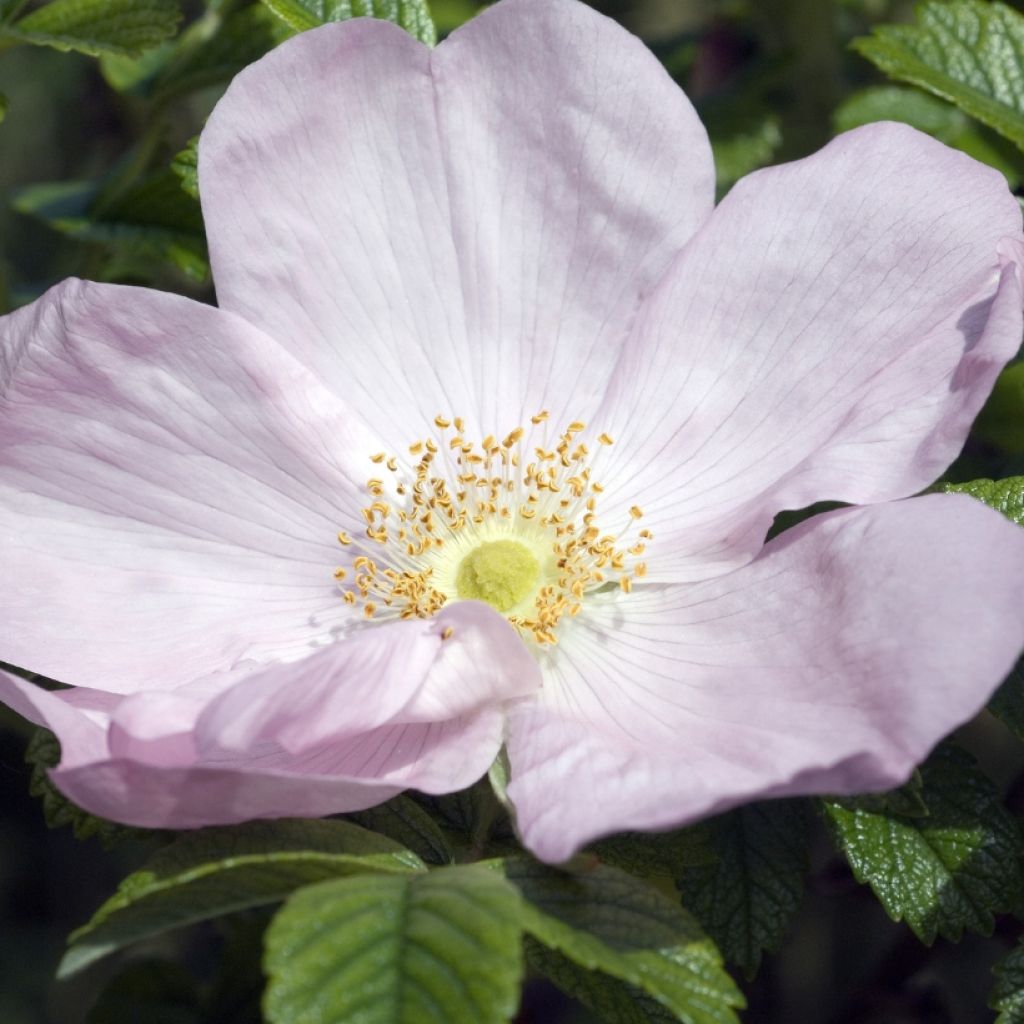

Rosa x rugosa 'Fru Dagmar Hastrup' - Rugosa Rose
Rosa x rugosa 'Fru Dagmar Hastrup' - Rugosa Rose
Rosa x rugosa Frau Dagmar Hastrup
Rugosa Rose, Japanese Rose, Ramanas Rose, Beach Rose
Why not try an alternative variety in stock?
View all →This plant carries a 24 months recovery warranty
More information
We guarantee the quality of our plants for a full growing cycle, and will replace at our expense any plant that fails to recover under normal climatic and planting conditions.
From €5.90 for pickup delivery and €6.90 for home delivery
Express home delivery from €8.90.
From €5.90 for pickup delivery and €6.90 for home delivery
Express home delivery from €8.90.
Delivery to Corse prohibited: UE law prohibits the import of this plant from mainland France to Corse as part of the fight against Xylella fastidiosa. Please accept our sincere apologies.
More information

Does this plant fit my garden?
Set up your Plantfit profile →
Description
The Old Rose 'Fru Dagmar Hastrup', discovered one beautiful day in 1914 in a field of rough roses, is a sturdy and compact bush, never sick, with a brave and wandering nature when grown on its own roots. Throughout the summer, it blooms with large wild roses whose colour evolves from deep pink to white-pink, soon followed by as many juicy crimson red hips, as delicious in jams as they are decorative from the end of summer. With a compact habit and beautiful emerald green wavy foliage, it excels in a bocage hedge but is also excellent as a ground cover. A rose as endearing as it is easy to grow and helpful in the garden!
Rosa x rugosa 'Fru Dagmar Hastrup' possesses the genes of Rosa rugosa, a vigorous rose from the Far East, forming impenetrable thickets due to its suckering, dense, and thorny vegetation. Well adapted to poor, dry, and salty soils, it has passed on to its closest descendants this accommodating character that makes it suitable for wild gardens or gardens without gardeners. 'Fru Dagmar Hastrup' forms a low, bushy, and dense bush, reaching a height of 80 cm (32in) to 1 m (3ft), a little wider. If not grafted, it often tends to spread laterally by suckers, making it valuable for forming impenetrable hedges. The deciduous foliage, abundant down to the base of the plant, is composed of wavy leaves with toothed edges, divided into 5 to 9 leaflets that turn a beautiful yellow colour in autumn. Its beautiful single and solitary flowers, 7 cm (3in) wide, open in a deep pink colour, then fade to white. Together, they create a multicoloured bouquet full of charm. They bloom in successive waves from May to June until August. The large fruits are fleshy and edible, rich in vitamin C. Initially pink, then red and persisting for a long time on the bush, with a spread ripening time, they are a true adornment from the end of summer.
Very hardy and almost maintenance-free, 'Fru Dagmar Hastrup' is a rose full of charm and resources, with a beautiful exuberance that captures attention from late spring to autumn. It will find its place in a bocage or defensive hedge, a slightly wild garden, accompanied by a purple rose ('Rhapsody in Blue', 'Veilchenblau'), or very double, violet flowers ('Reine des Violettes'), heavy roses with vibrant colours that contrast wonderfully with its rustic style. For the same reason, it can be accompanied by cotinus or euonymus for its autumn colours, lilacs, fragrant in spring, and mock oranges. Pair with v89iburnums that show a very accommodating character.
Report an error about the product description
Rosa x rugosa 'Fru Dagmar Hastrup' - Rugosa Rose in pictures
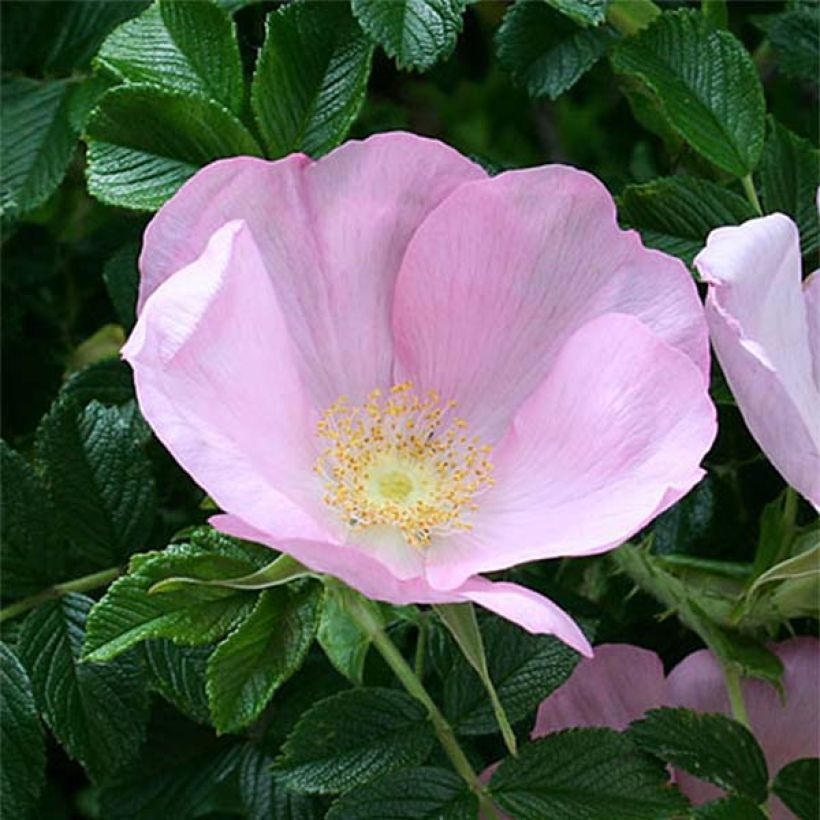

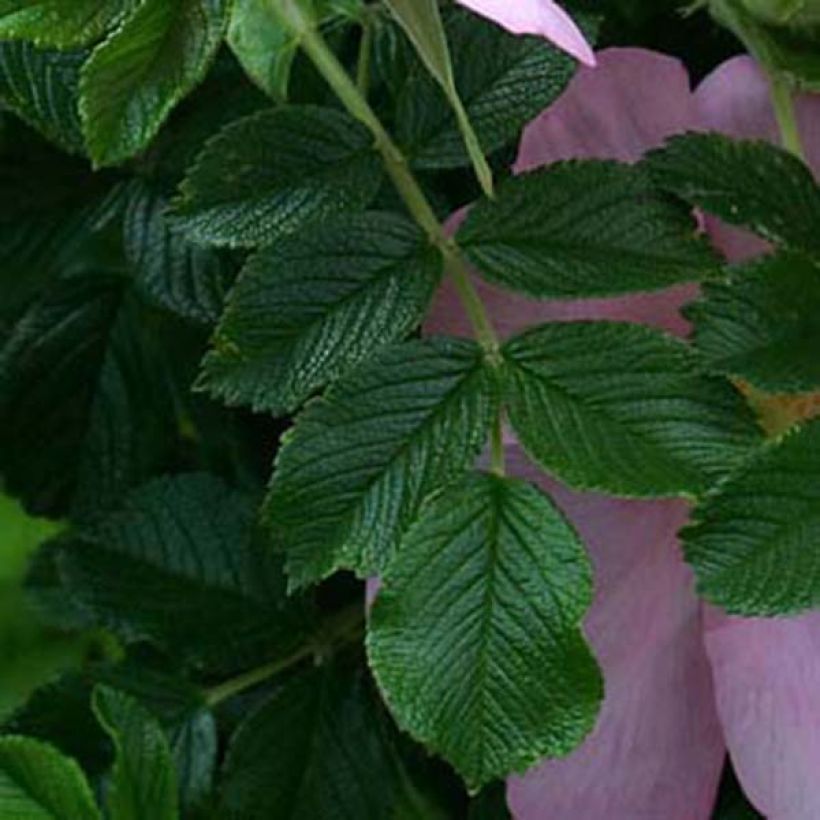

Plant habit
Flowering
Foliage
Botanical data
Rosa
x rugosa
Frau Dagmar Hastrup
Rosaceae
Rugosa Rose, Japanese Rose, Ramanas Rose, Beach Rose
Cultivar or hybrid
Rosa canina Laxa (Wrapped bare root, 2L/3L pot)
Other Rosa rugosa
Planting and care
The 'Fru Dagmar Hastrup' rose is undemanding, thrives in all regions and is not affected by disease, cold or rain, nor by soil that is occasionally soggy or, on the contrary, dry. It adapts well to all types of soil without excess limestone. Plant it in ordinary, well-worked, well-amended and well-drained soil in a sunny or semi-shaded position, which it tolerates very well in a warm climate. This hardy rose can withstand temperatures of at least -20°C. To install your rosebush in a pot or the ground, cultivate the soil to a depth of 25 cubic cm, crumbling the soil well and placing a soil improver such as blood, fish and bone at the bottom of the planting hole. After removing the plant from its pot, cover the top of the root ball with 3 cm of soil. In dry weather, water regularly for a few weeks to help the plant take root. Don't forget to add some special rose fertiliser to stimulate flowering. This variety tends to sucker, which makes it even fuller.
Roses may develop unsightly spots at the end of summer, but this is natural and doesn't harm the rose's growth.
Planting period
Intended location
Care
-
, onOrder confirmed
Reply from on Promesse de fleurs
Roses by purpose
Haven't found what you were looking for?
Hardiness is the lowest winter temperature a plant can endure without suffering serious damage or even dying. However, hardiness is affected by location (a sheltered area, such as a patio), protection (winter cover) and soil type (hardiness is improved by well-drained soil).

Photo Sharing Terms & Conditions
In order to encourage gardeners to interact and share their experiences, Promesse de fleurs offers various media enabling content to be uploaded onto its Site - in particular via the ‘Photo sharing’ module.
The User agrees to refrain from:
- Posting any content that is illegal, prejudicial, insulting, racist, inciteful to hatred, revisionist, contrary to public decency, that infringes on privacy or on the privacy rights of third parties, in particular the publicity rights of persons and goods, intellectual property rights, or the right to privacy.
- Submitting content on behalf of a third party;
- Impersonate the identity of a third party and/or publish any personal information about a third party;
In general, the User undertakes to refrain from any unethical behaviour.
All Content (in particular text, comments, files, images, photos, videos, creative works, etc.), which may be subject to property or intellectual property rights, image or other private rights, shall remain the property of the User, subject to the limited rights granted by the terms of the licence granted by Promesse de fleurs as stated below. Users are at liberty to publish or not to publish such Content on the Site, notably via the ‘Photo Sharing’ facility, and accept that this Content shall be made public and freely accessible, notably on the Internet.
Users further acknowledge, undertake to have ,and guarantee that they hold all necessary rights and permissions to publish such material on the Site, in particular with regard to the legislation in force pertaining to any privacy, property, intellectual property, image, or contractual rights, or rights of any other nature. By publishing such Content on the Site, Users acknowledge accepting full liability as publishers of the Content within the meaning of the law, and grant Promesse de fleurs, free of charge, an inclusive, worldwide licence for the said Content for the entire duration of its publication, including all reproduction, representation, up/downloading, displaying, performing, transmission, and storage rights.
Users also grant permission for their name to be linked to the Content and accept that this link may not always be made available.
By engaging in posting material, Users consent to their Content becoming automatically accessible on the Internet, in particular on other sites and/or blogs and/or web pages of the Promesse de fleurs site, including in particular social pages and the Promesse de fleurs catalogue.
Users may secure the removal of entrusted content free of charge by issuing a simple request via our contact form.
The flowering period indicated on our website applies to countries and regions located in USDA zone 8 (France, the United Kingdom, Ireland, the Netherlands, etc.)
It will vary according to where you live:
- In zones 9 to 10 (Italy, Spain, Greece, etc.), flowering will occur about 2 to 4 weeks earlier.
- In zones 6 to 7 (Germany, Poland, Slovenia, and lower mountainous regions), flowering will be delayed by 2 to 3 weeks.
- In zone 5 (Central Europe, Scandinavia), blooming will be delayed by 3 to 5 weeks.
In temperate climates, pruning of spring-flowering shrubs (forsythia, spireas, etc.) should be done just after flowering.
Pruning of summer-flowering shrubs (Indian Lilac, Perovskia, etc.) can be done in winter or spring.
In cold regions as well as with frost-sensitive plants, avoid pruning too early when severe frosts may still occur.
The planting period indicated on our website applies to countries and regions located in USDA zone 8 (France, United Kingdom, Ireland, Netherlands).
It will vary according to where you live:
- In Mediterranean zones (Marseille, Madrid, Milan, etc.), autumn and winter are the best planting periods.
- In continental zones (Strasbourg, Munich, Vienna, etc.), delay planting by 2 to 3 weeks in spring and bring it forward by 2 to 4 weeks in autumn.
- In mountainous regions (the Alps, Pyrenees, Carpathians, etc.), it is best to plant in late spring (May-June) or late summer (August-September).
The harvesting period indicated on our website applies to countries and regions in USDA zone 8 (France, England, Ireland, the Netherlands).
In colder areas (Scandinavia, Poland, Austria...) fruit and vegetable harvests are likely to be delayed by 3-4 weeks.
In warmer areas (Italy, Spain, Greece, etc.), harvesting will probably take place earlier, depending on weather conditions.
The sowing periods indicated on our website apply to countries and regions within USDA Zone 8 (France, UK, Ireland, Netherlands).
In colder areas (Scandinavia, Poland, Austria...), delay any outdoor sowing by 3-4 weeks, or sow under glass.
In warmer climes (Italy, Spain, Greece, etc.), bring outdoor sowing forward by a few weeks.

































